Posted on 18th July 2023 by Leigh Randall
Although we’re only just past quarter one of the financial year, smart recruiters will be looking at the midway point and measuring against our annual target.
If, like most of the world right now, your budget is under scrutiny, it’s critical to maximise your recruitment budget’s return on investment (ROI). In this blog post, we’ll cover 7 tips to help you make the most of your mid-year recruitment budget. From focusing on quality over quantity, to evaluating the sources of your best hires, these strategies will ensure that your recruitment budget is being used as effectively as possible.
1. Review Your Current Recruitment Budget
As the mid-year approaches, it’s important to review your current recruitment budget to ensure you are maximising your investment. Start by reviewing your expenses from the beginning of the year to see how your funds have been allocated. Evaluate how successful each channel has been and assess whether there is room for improvement.
Ask yourself some questions to gain clarity on the allocation of resources. Have you had enough candidates coming in through your job boards or social media channels? Has your referral program been successful in bringing in new hires? Has your recruitment advertising delivered the desired results?
Take a deep dive into your metrics and KPIs to identify trends in your data. Determine what’s working and what’s not, so you can make informed decisions about what channels to invest in moving forward. Analyse the data by candidate source, location, demographics, and other important factors to help you make data-driven decisions.
The goal of reviewing your current recruitment budget is to identify what’s working and what’s not, so you can redirect resources to maximise ROI and make the most of your budget.
2. Determine Which Channels Have Worked Well So Far
Before allocating funds for the next phase of recruitment, it’s essential to review the results from previous campaigns. Consider which channels yielded the highest quality candidates, as well as the most cost-effective solutions.
Take the time to analyse recruitment metrics from previous campaigns to determine which channels to double down on or drop. Some factors to consider when evaluating channels include the time to hire, the number of applications, cost per hire, and candidate quality.
Consider if certain job boards, social media platforms, or networking events brought in top talent. If the company has an employee referral program, review its success rate and see if there is room for expansion.
Ultimately, looking back at past campaigns and examining the data helps to make more informed decisions and avoid costly missteps. By determining which channels have been the most effective in the past, it’s possible to streamline recruitment efforts and optimise the budget for greater success.
3. Use Data to Make Informed Decisions
One of the most effective ways to maximise your mid-year recruitment budget is to use data to make informed decisions. Collecting and analysing data on past recruitment efforts can help you identify which channels have been most successful in attracting top talent. By tracking metrics such as time-to-fill, cost-per-hire, and applicant source, you can identify patterns and trends that can guide your recruitment strategy moving forward.
Data can also help you identify areas where you may need to allocate additional resources or adjust your strategy. For example, if you’re seeing a high drop-off rate during the application process, you may need to improve your candidate experience to keep top talent engaged. On the other hand, if you’re getting a lot of applicants but struggling to find qualified candidates, you may need to refine your job descriptions or adjust your targeting.
Ultimately, using data to make informed decisions can help you make the most of your recruitment budget by targeting the channels and strategies that are most likely to yield results. By constantly monitoring and analysing data, you can continue to refine and optimize your recruitment efforts over time.
4. Leverage Social Media
With millions of active users on platforms such as Facebook, LinkedIn, Twitter, and Instagram, leveraging social media for your mid-year recruitment efforts can significantly enhance your reach and visibility. If you’re already recruiting through social, then now is a good time to assess and pivot where needed.
One of the key advantages of using social media platforms is the ability to target specific demographics and niche audiences. This allows you to reach out to potential candidates who may not be actively searching for job opportunities but are open to new possibilities. By creating targeted ads and engaging content, you can capture the attention of passive candidates and increase the chances of attracting top talent.
Additionally, social media provides a platform for building your employer brand and showcasing your company culture. Through posts, videos, and employee testimonials, you can give candidates a glimpse into your organisation’s values, mission, and work environment. This not only helps attract candidates who align with your company’s culture but also increases the likelihood of them applying and accepting job offers.
Furthermore, social media platforms offer networking opportunities that can help expand your talent pool. By actively engaging with industry professionals, participating in relevant groups and discussions, and sharing valuable content, you can establish yourself as an authority in your field and connect with potential candidates who are actively seeking new opportunities.
5. Consider Using Employee Referral Programs
One highly effective strategy to optimise your mid-year recruitment budget is to consider using employee referral programs. Employee referrals are a powerful tool for attracting top talent and reducing recruiting costs. When employees refer candidates, they are more likely to recommend individuals who are a good fit for the company culture and have the necessary skills and experience. This increases the chances of finding high-quality candidates and decreases the time and resources spent on screening and interviewing applicants.
To implement an employee referral program, start by clearly communicating the program to your employees. Explain the benefits of referring candidates, such as potential referral bonuses or incentives, and emphasise the importance of their participation in the recruitment process. Create an easy-to-use referral portal or system where employees can submit referrals and track their progress.
Additionally, consider implementing a structured referral reward system. This could include monetary incentives, gift cards, or extra vacation days for successful referrals that result in a hire. It’s essential to regularly communicate updates and progress of the program to keep employees engaged and motivated to participate.
Remember to acknowledge and appreciate employees who refer candidates, even if their referrals are not ultimately hired. Recognition can go a long way in encouraging ongoing participation in the referral program.
Overall, employee referral programs are a cost-effective and efficient way to attract high-quality candidates and maximize your recruitment budget. By leveraging your existing employees’ networks and incentivising referrals, you can tap into a valuable talent pool and increase the chances of finding the perfect fit for your organisation.
6. Use Recruiting Automation Tools
Recruiting automation tools can be a game-changer when it comes to maximising your mid-year recruitment budget. These tools help streamline the hiring process, saving you time and resources while also improving the overall candidate experience.
One of the key benefits of using recruiting automation tools is their ability to automate repetitive tasks. From resume screening to scheduling interviews, these tools can handle the administrative aspects of recruiting, allowing your team to focus on more strategic activities.
Another advantage of recruiting automation tools is their ability to collect and analyse data. By tracking metrics such as time-to-fill and cost-per-hire, you can identify areas for improvement and make data-driven decisions to optimise your recruitment efforts.
Moreover, these tools can help enhance collaboration and communication within your team. With features like shared candidate profiles and interview feedback, everyone involved in the hiring process can stay on the same page, ensuring a smooth and efficient recruitment process.
Additionally, recruiting automation tools often come with features that enhance the candidate experience. Personalised communication, automated status updates, and easy-to-use application interfaces can leave a positive impression on candidates, increasing the likelihood of attracting top talent.
7. Focus on Candidate Experience
One easy way to improve candidate experience is by streamlining your recruitment process. Long, complicated application forms and lengthy interview processes can deter candidates from applying or accepting offers. Simplify the application process by eliminating unnecessary steps and asking only for the information you truly need.
Additionally, keep candidates updated throughout the hiring process. Promptly acknowledge receipt of their application, and provide regular updates on the status of their candidacy. Communication is key in building trust and maintaining engagement.
Another aspect of candidate experience to consider is the interview process. Make sure your interviews are structured and well-planned to ensure consistency and fairness. Provide clear expectations and detailed instructions so candidates can adequately prepare.
Don’t forget about post-interview feedback. Providing constructive feedback to candidates, regardless of the outcome, shows professionalism and respect. It also helps candidates understand their strengths and areas for improvement, which can benefit them in their job search.
Lastly, remember to treat every candidate as a potential customer or future advocate for your brand. Even if a candidate is not the right fit for a particular role, they may be a good fit for a future position or may refer qualified candidates to your organization. Building and maintaining positive relationships with candidates can have long-term benefits.
By focusing on candidate experience, you can differentiate your organisation from competitors and attract the best talent. Investing time and resources in providing a positive recruitment experience will pay off in the form of quality hires and a strong employer brand.
8. Connect with an expert agency
While it’s important to stretch your recruitment budget, it’s equally important to invest it and make sure you’re reaching the right candidates with the right message. Partnering with a recruitment agency that specialises in your industry or job function can provide you with the expertise you need to effectively target and engage top talent.
An agency can help you identify the most effective job boards, social media platforms, and other recruitment channels for your specific needs. They can also assist with crafting compelling job descriptions and employer branding materials to attract candidates.
Additionally, an agency can provide valuable insights on market trends, salary ranges, and candidate expectations, which can help you stay competitive and make informed hiring decisions. With their support, you can save time and resources while improving the quality of your hires.
Artfully Media is of course on hand to help you with all of this! If you’d like us to identify budget saving opportunities, or opportunities where your budget can be spent for the best return, then drop us a line.



